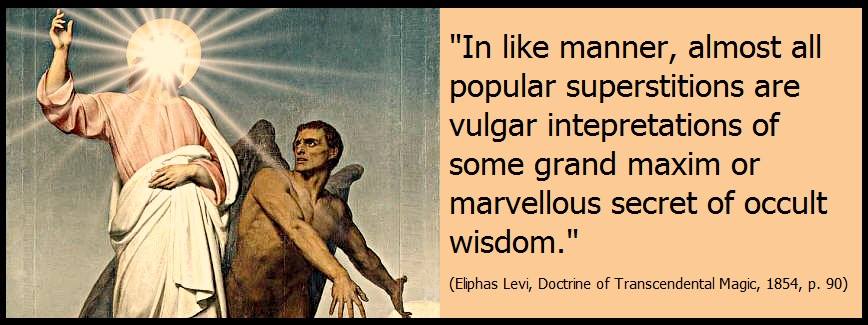It is upon this Buddhist doctrine that the Pythagoreans grounded the principal tenets of their philosophy. “Can that spirit, which gives life and motion, and partakes of the nature of light, be reduced to non-entity?” they ask. “Can that sensitive spirit in brutes which exercises memory, one of the rational faculties, die, and become nothing?” And Whitelock Bulstrode, in his able defence of Pythagoras, expounds this doctrine by adding: “If you say, they (the brutes) breathe their spirits into the air, and there vanish, that is all I contend for. The air, indeed, is the proper place to receive them, being, according to Laertius, full of souls; and, according to Epicurus, full of atoms, the principles of all things; for even this place wherein we walk and birds fly has so much of a spiritual nature, that it is invisible, and, therefore, may well be the receiver of forms, since the forms of all bodies are so; we can only see and hear its effects; the air itself is too fine, and above the capacity of the age. What then is the ether in the region above, and what are the influences or forms that descend from thence?” The spirits of creatures, the Pythagoreans hold, who are emanations of the most sublimated portions of ether, emanations, BREATHS, but not forms. Ether is incorruptible, all philosophers agree in that; and what is incorruptible is so far from being annihilated when it gets rid of the form, that it lays a good claim to IMMORTALITY. “But what is that which has no body, no form; which is imponderable, invisible and indivisible; that which exists and yet is not?” ask the Buddhists. “It is Nirvana,” is the answer. It is NOTHING, not a region, but rather a state. When once Nirvana is
Page 291
reached, man is exempt from the effects of the “four truths”; for an effect can only be produced through a certain cause, and every cause is annihilated in this state.
These “four truths” are the foundation of the whole Buddhist doctrine of Nirvana. They are, says the book of Pradjna Paramita, 1. The existence of pain. 2. The production of pain. 3. The annihilation of pain. 4. The way to the annihilation of pain. What is the source of pain? — Existence. Birth existing, decrepitude and death ensue; for wherever there is a form, there is a cause for pain and suffering. Spirit alone has no form, and therefore cannot be said to exist. Whenever man (the ethereal, inner man) reaches that point when he becomes utterly spiritual, hence, formless, he has reached a state of perfect bliss. MAN as an objective being becomes annihilated, but the spiritual entity with its subjective life, will live for ever, for spirit is incorruptible and immortal.
It is by the spirit of the teachings of both Buddha and Pythagoras, that we can so easily recognize the identity of their doctrines. The all-pervading, universal soul, the Anima Mundi, is Nirvana; and Buddha, as a generic name, is the anthropomorphized monad of Pythagoras. When resting in Nirvana, the final bliss, Buddha is the silent monad, dwelling in darkness and silence; he is also the formless
Brahm, the sublime but unknowable Deity, which pervades invisibly the whole universe. Whenever it is manifested, desiring to impress itself upon humanity in a shape intelligent to our intellect, whether we call it an avatar, or a King Messiah, or a permutation of Divine Spirit, Logos, Christos, it is all one and the same thing. In each case it is “the Father,” who is in the Son, and the Son in “the Father.” The immortal spirit overshadows the mortal man. It enters into him, and pervading his whole being, makes of him a god, who descends into his earthly tabernacle. Every man may become a Buddha, says the doctrine. And so throughout the interminable series of ages we find now and then men who more or less succeed in uniting themselves “with God,” as the expression goes, with their own spirit, as we ought to translate. The Buddhists call such men Arhat. An Arhat is next to a Buddha, and none is equal to him either in infused science, or miraculous powers. Certain fakirs demonstrate the theory well in practice, as Jacolliot has proved. Even the so-called fabulous narratives of certain Buddhistical books, when stripped of their allegorical meaning, are found to be the secret doctrines taught by Pythagoras. In the Pali Books called the Jutakas, are given the 550 incarnations or metempsychoses of Buddha. They

Moe is the founder of GnosticWarrior.com. He is a father, husband, author, martial arts black belt, and an expert in Gnosticism, the occult, and esotericism.

![How one in the province of the Northumbrians, rose from the dead, and related many things which he had seen, some to be greatly dreaded and some to be desired [Circ. 696 A.D.] | Book 5 | Chapter 11 How one in the province of the Northumbrians, rose from the dead, and related many things which he had seen, some to be greatly dreaded and some to be desired [Circ. 696 A.D.] | Book 5 | Chapter 11](https://www.gnosticwarrior.com/wp-content/plugins/contextual-related-posts/default.png)




